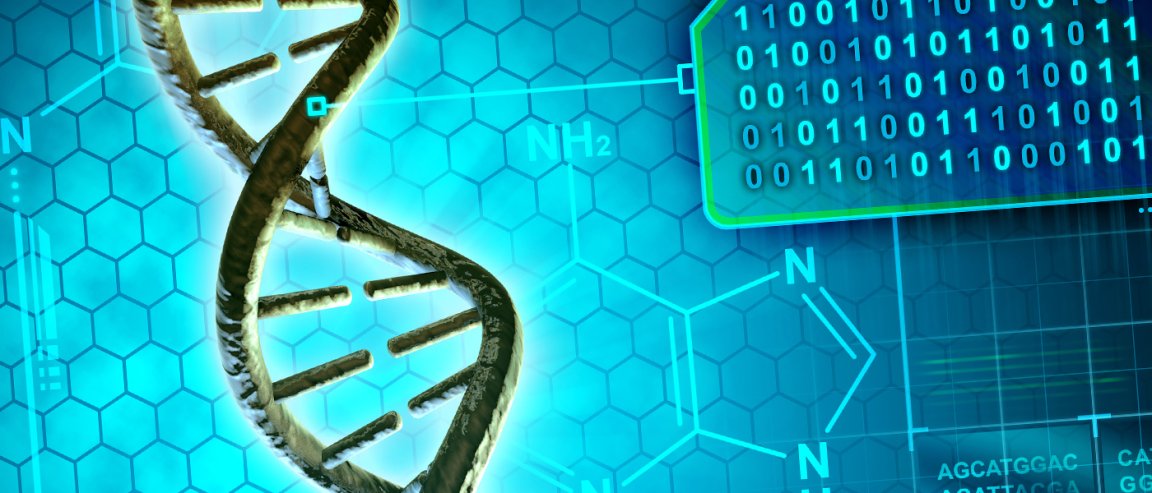
Human Initiator
A DNA sequence code critical to our understanding of how human genes are turned on and off has just been unlocked by a team of scientists. Molecular biologists refer to this code as the “human initiator.” Ever since it was first observed back in the 80s, the human initiator was believed to play a significant role in gene activation, given that it commonly occurs at the start sites of genes.
Since then, numerous attempts were made to sequence the elusive code—but none were able to do so successfully until today, when scientists from University of California – San Diego were able to confirm the code responsible for initiating transcription and regulation of more than half of human genes.
This breakthrough was achieved using emerging genomic techniques and new computational strategies. As head researcher James T. Kadonaga explains, individual human cells contain around six feet of DNA:
In these six feet of DNA, there are tens of thousands of genes, which are segments of DNA that direct specific functions, such as the production of a hormone or an enzyme. It is essential for the cell to control the activity of each of its tens of thousands of genes, because the improper control of gene activity can lead to adverse outcomes such as cell death or the formation of a cancer cell.
Unlocking the Genetic Code
Identifying the true initiator sequence code and confirming its location underscores its importance in the human genome.

Knowing how or why genes are turned on and off during development, as well as understanding how they respond to environmental changes, will prove to be useful in our quest to find ways to prevent diseases. In addition, while the human initiator is responsible for regulating more than half of human genes, there are other sequences that control gene activity. This achievement could lead scientists to discover other sequence signals.
“The solution of the human Initiator code will enable us to explore new frontiers in gene regulation. In the future, it will be possible to use the code to identify other regulatory signals and, in this way, gain a more complete understanding of how human genes are turned on and off, ” Kadonaga says.